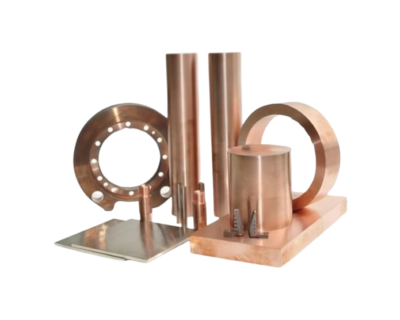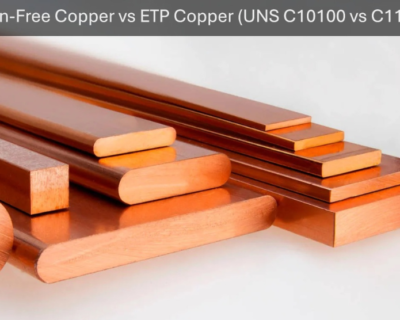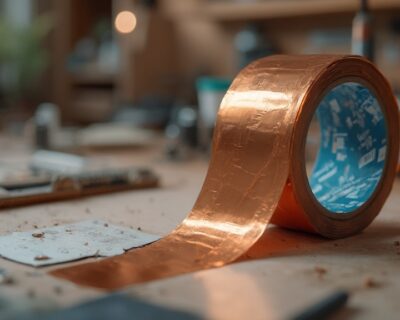Blogs
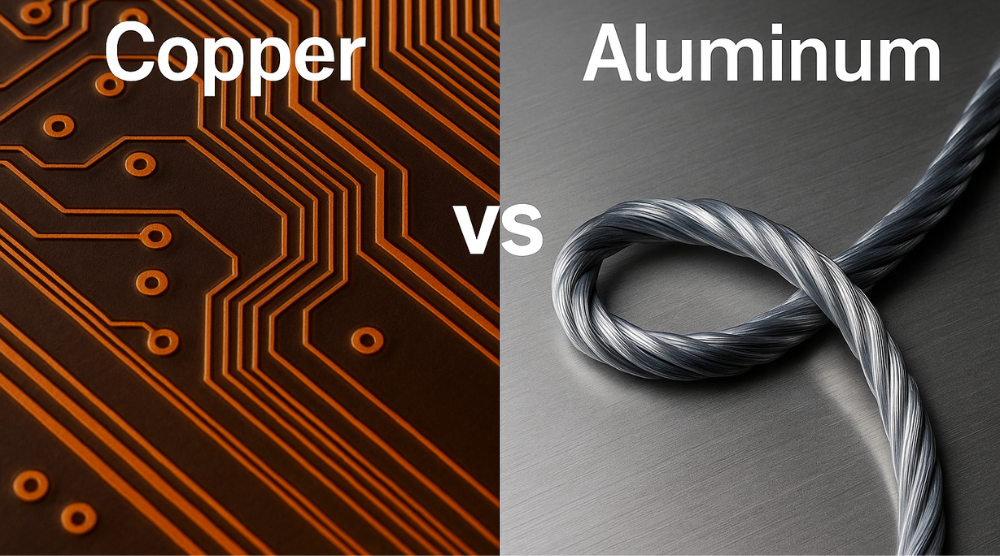
Copper vs Aluminium in Electronics: The Hidden Cost of Choosing Wrong
When it comes to electronics, the choice between copper and aluminium often looks like a simple one: aluminium is cheaper, so why not go for it? But the reality is more complex. What looks like savings at the start may turn into long-term losses, downtime, and hidden costs you didn’t plan for.
At DOMADIA™, we’ve seen firsthand how this decision impacts industries—from power systems and automotive to semiconductors and aerospace. And today, we’re breaking down the real story: Copper vs Aluminium in Electronics—The Hidden Cost of Choosing Wrong.
The Chemical & Material Composition
- Copper (UNS C11000 – Electrolytic Tough Pitch Copper)
- Composition: 99.9% pure copper with minimal oxygen content.
- Conductivity: ~ 100% IACS (International Annealed Copper Standard).
- Density: 8.96 g/cm³.
- Aluminium (UNS A91060 – High Purity Aluminium)
- Composition: 99.6% Al with trace silicon, iron.
- Conductivity: ~ 61% IACS.
- Density: 2.70 g/cm³.
- On paper, aluminium is lighter—but conductivity tells a different story.
Properties Comparison
| Property | Copper | Aluminium |
| Electrical Conductivity | 100% IACS | ~61% IACS |
| Thermal Conductivity | 401 W/m·K | 237 W/m·K |
| Tensile Strength | High (200–250 MPa) | Lower (70–90 MPa) |
| Corrosion Resistance | Excellent with coating | Prone to oxidation |
| Density | Higher | Lower (lightweight) |
Applications of Copper in Electronics

1. Printed Circuit Boards (PCBs)
Copper is the backbone of PCBs, thanks to its high conductivity and durability. It ensures efficient current flow and stable performance, making it essential for smartphones, computers, and industrial electronics.
2. High-Performance Wiring
Used in automotive, aerospace, and power systems, copper wiring delivers minimal energy loss and maximum reliability, reducing overheating risks and ensuring long-term safety.
3. Heat Sinks for Processors
Copper’s superior thermal conductivity makes it ideal for processor heat sinks and cooling systems, efficiently dispersing heat to keep electronics stable under heavy load.
4. Electric Motors & Transformers
From household appliances to industrial machinery, copper windings provide higher efficiency, reduced power loss, and longer motor life, ensuring consistent performance.
Applications of Aluminium in Electronics
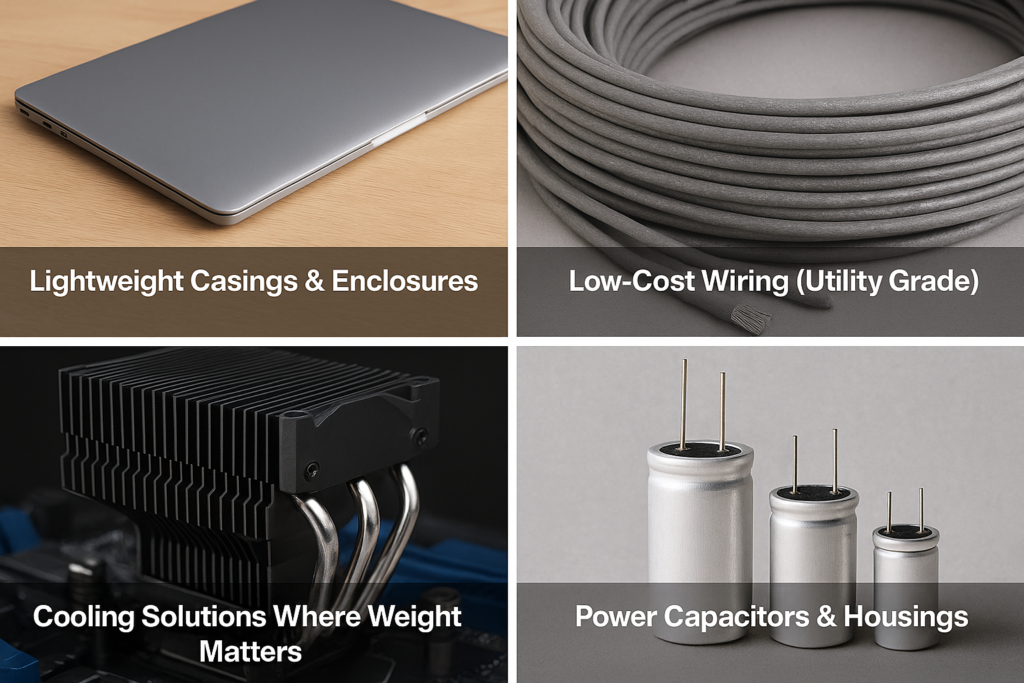
- Lightweight Casings & Enclosures
Used in laptops, smartphones, and electronic shells due to strength + lightness. - Low-Cost Wiring (Utility Grade)
Affordable solution for large-scale wiring despite conductivity trade-offs. - Cooling Solutions Where Weight Matters
Lightweight heat sinks and fins for electronics needing weight reduction. - Power Capacitors & Housings
Aluminium is a preferred material for capacitor foils and housings in electronics, thanks to its resistance and low cost.
Standards
- Copper: ASTM B152, IEC 60228, EN 1977
- Aluminium: ASTM B209, IEC 60317, EN 573
Industry standards often prefer copper for critical electronics due to its superior performance and safety.
The Hidden Cost: Why Copper Outperforms in Lifecycle Value
Aluminium wiring or components may cut initial costs by 30–40%, but the long-term drawbacks include:
- Higher energy losses (due to higher resistance).
- Greater risk of overheating and fire hazards.
- Frequent replacements from fatigue and corrosion.
- Downtime costs in industrial environments.
In contrast, copper’s higher upfront price translates into longer lifespan, fewer failures, and lower maintenance.
Environmental Factor
Here’s a fact many overlook:
- Aluminium parts often need to be replaced more frequently, creating more scrap and recycling cycles.
- Copper, with its durability, requires fewer replacements, which means less environmental impact.
At DOMADIA™, we believe that choosing copper isn’t just about performance—it’s about making a greener, smarter choice.
Shapes & Availability
- Copper: Wires, rods, foils, sheets, tubes, custom machined parts.
- Aluminium: Sheets, extrusions, foils, wires, rods.
Conclusion
Choosing between copper and aluminium in electronics is not just about cost—it’s about value, safety, and sustainability. While aluminium looks cheaper upfront, copper delivers superior conductivity, reliability, and environmental responsibility.
👉 The hidden cost of choosing wrong? Higher downtime, safety risks, and long-term losses.
👉 The smarter choice? Copper with DOMADIA™—built for performance that lasts.
Smarter electronics start with smarter materials. Talk to DOMADIA™ today for high-quality copper solutions
Follow us on LinkedIn: https://www.linkedin.com/in/kairav
Visit Us: https://domadia.net/
Talk to: Er.Pankaj Domadia | Kairav Domadia | Aadil Domadia | Pragati Sanap | Pooja N N
#CopperVsAluminium #DOMADIA #ElectronicsMaterials #CopperWiring #SustainableEngineering

